Do Flying Squirrels Actually Fly?
Flying squirrels are the most fascinating species of squirrels. While their name suggests the ability to fly, they do not fly in the same way that birds and bats do. Rather, they glide seamlessly in the air. In this post, we’re going to explore how flying squirrels accomplish this amazing feat.
How Flying Squirrels Glide
Flying squirrels glide with the aid of a patagium, which is a furry, parachute-like membrane that extends from their wrist to ankle. While flying squirrels are anatomically similar to other species of squirrels, they have special adaptations to enable their lifestyle. Their limb bones are longer, compared to their hand, foot bones, and distal vertebrae which are relatively shorter.
As they leap into the air from treetops, they extend their arms and legs and use their stretched flaps of skin to create drag, similarly to the same effects of a parachute.
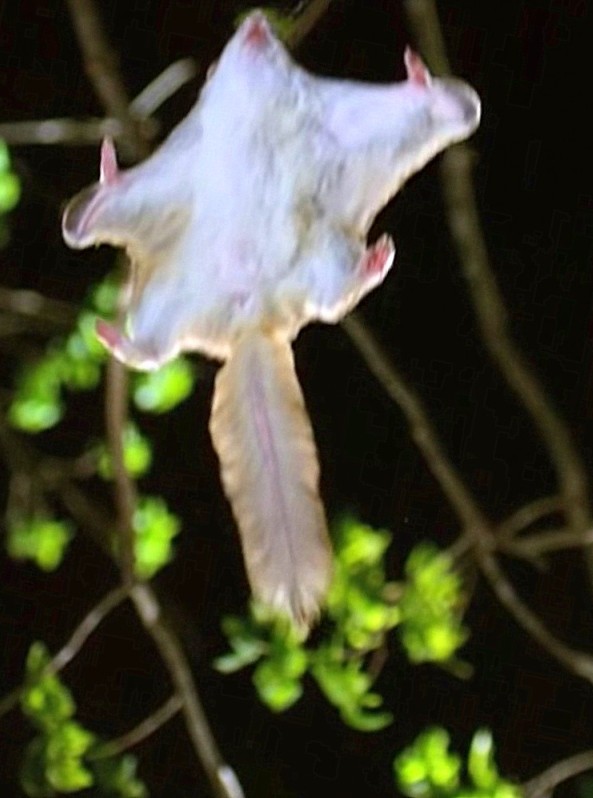
Furthermore, by adjusting their limbs, they can maneuver with great efficiency in the air, making up to 90-degree turns to avoid obstacles. They maneuver just like a parachute glider, changing course towards their destination.
These creatures can glide for as far as 160 feet. However, there have been reports of Japanese giant flying squirrels covering up to 500 feet on a downward slope. Moreover, they are capable of gliding at high speeds.
Their tails are fluffy and it also helps in the gliding process and is used to maintain stability in flight. It acts as an adjoint airfoil, working as an air brake before landing.
How They Move
Since flying squirrels are nocturnal creatures, they have good eyesight thanks to their large eyeballs that enables them to see even in darkness. Moreover, they often triangulate distance.
Combining these two factors, flying squirrels are to form perception and navigate with great precision. This is required because any miscalculation could prove fatal as they could collide with a tree at high speed.
Why Do They Glide
Over the decades, several theories have been put forth to explain why flying squirrels evolved to develop special adaptations for gliding. The two prevalent theories include:
To Move Around Faster
Due to their high gliding speeds, flying squirrels can rummage through a greater forest area quicker than a tree squirrel. Therefore, this gives them access to more resources in terms of food and shelter.
To Escape Predators
In a situation when a flying squirrel is corned by a predator on a tree, it can quickly glide to a nearby tree to escape death or injury. Their ability to glide also limits the time they spend on the ground, which can expose them to grave danger.
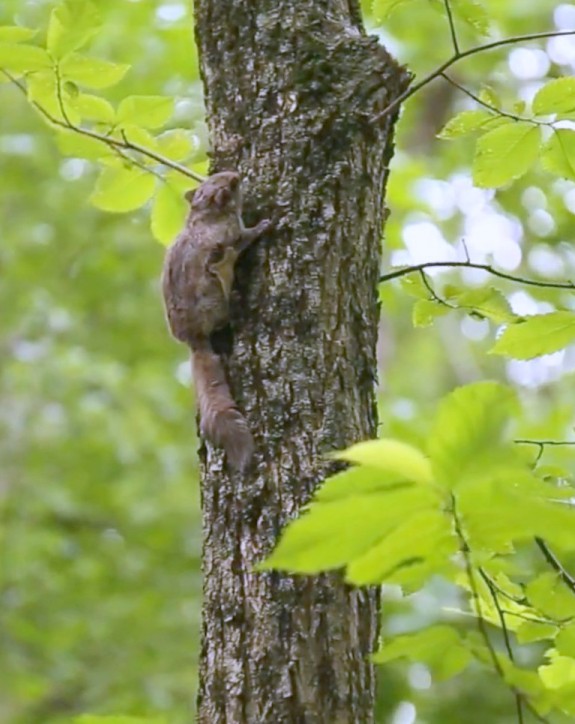
Conclusion
Flying squirrels are one of the few mammal species with the ability to glide. Thanks to their membrane and feather-like tail, they can glide seamlessly through the air. They further control their limbs to navigate through obstacles and control lift and drag until they get to their destination, which is usually a few trees away. This ability makes flying squirrels unique and captivating.
Select Your Animal

Raccoons
Raccoon Removal Information & How-To Tips
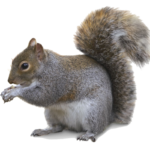
Squirrel
Squirrel Removal Information & How-To Tips
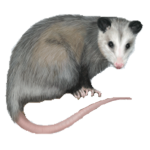
Opossum
Opossum Removal Information & How-To Tips
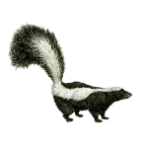
Skunks
Skunks Removal Information & How-To Tips
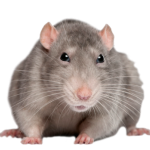
Rats
Rat Removal Information & How-To Tips
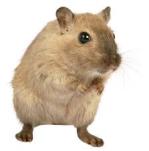
Mouse
Mouse Removal Information & How-To Tips
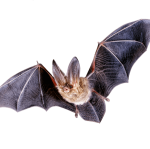
Bat
Bat Removal Information & How-To Tips

Bird
Bird Removal Information & How-To Tips
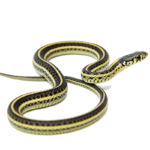
Snake
Snake Removal Information & How-To Tips
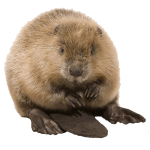
Beaver
Beaver Removal Information & How-To Tips
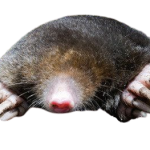
Mole
Mole Removal Information & How-To Tips
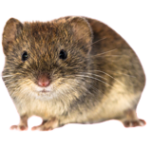
Vole
Vole Removal Information & How-To Tips

Gopher
Gopher Removal Information & How-To Tips
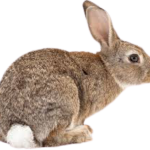
Rabbit
Rabbit Removal Information & How-To Tips

Woodchuck
Woodchuck Removal Information & How-To Tips
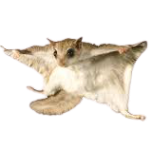
Flying Squirrel
Flying Squirrel Removal Information & How-To Tips
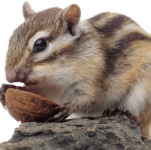
Chipmunk
Chipmunk Removal Information & How-To Tips

Coyote
Coyote Removal Information & How-To Tips

Fox
Fox Removal Information & How-To Tips

Wild Hog
Wild Hog Removal Information & How-To Tips
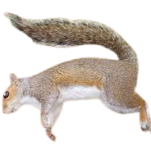
Dead Animal
Dead Animal Removal Information & How-To Tips